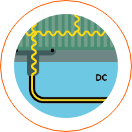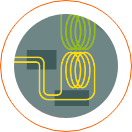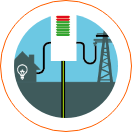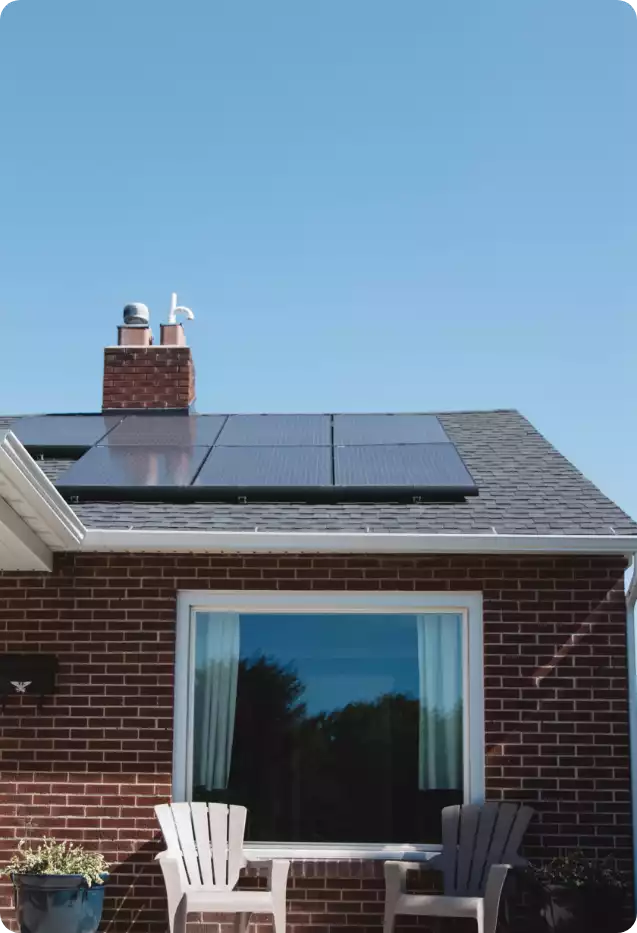






Acts as a coupon for 30% off your home solar installation

Solar panels produce ZERO toxic emissions, which means they don’t contribute to global warming, and this leads to cooler weather for everyone!

With less toxic emissions polluting the air, we can enjoy breathing in CLEANER air. With cleaner air, we make sure our children grow up healthy and strong!

And did we mention our solar panels are made of recyclable materials? Plus we offer a 25-YEAR WARRANTY, because we really want to ensure your satisfaction!
Solar energy systems are developing around the world, but for many, this rapidly growing form of renewable energy raises a question: How does solar energy work? Solar energy has emerged as the cheapest form of energy, and with that comes a lot of curiosity about how solar panels work and how solar energy works. To help shed some light on the topic, here is a simple visual guide from SolarPower.guide to how solar panels work step by step
Click the image beside to view full-size.
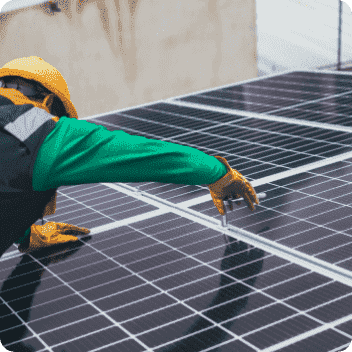
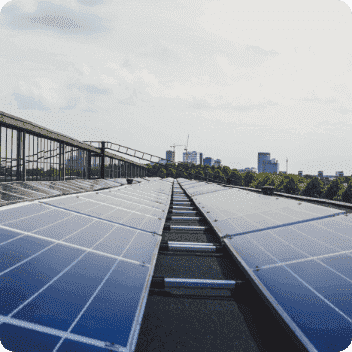

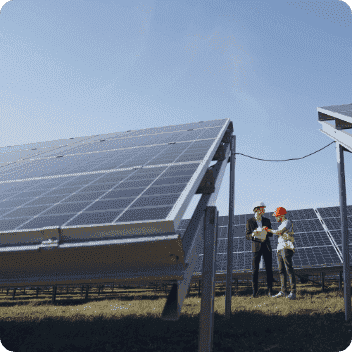
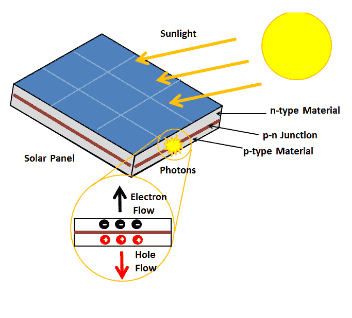
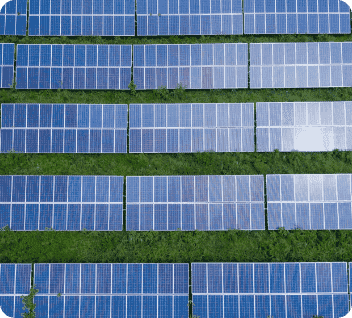




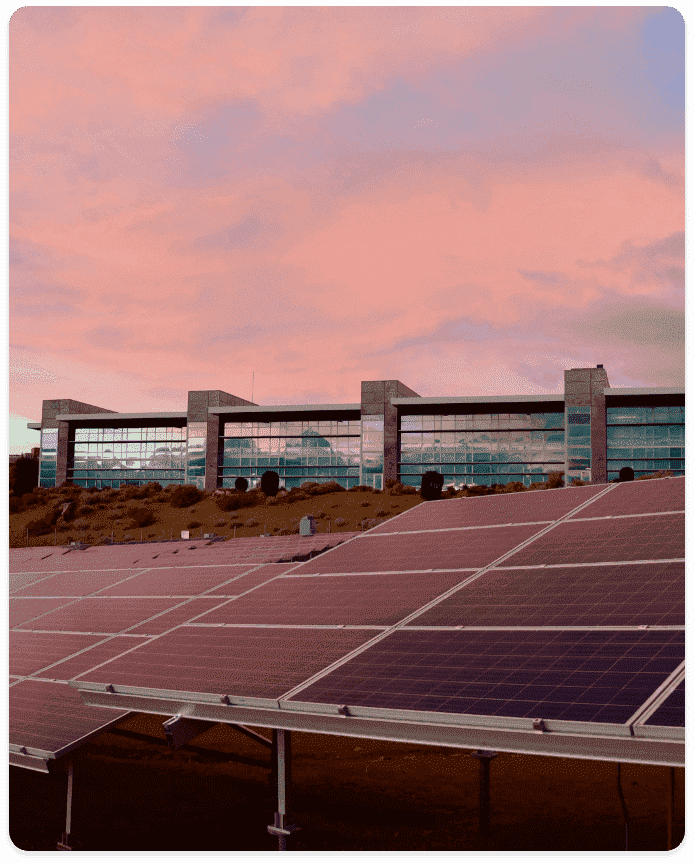
According to the World Economic Forum:
These improvements come just in time too.
Because the U.S. Energy Information Administration forecasts:

According to the World Economic Forum:
● By 2030, solar will have become the most important source of energy for electricity production in a large part of the world.
● Improvements in technology will make sure that solar becomes even more affordable for everyone and anyone.
● Higher-efficiency modules will be commonplace, producing 1.5 times more power than existing solar panes.
These improvements come just in time too.
Because the U.S. Energy Information Administration forecasts:
● The residential electricity price will average 14.6 cents per kilowatt-hour (kWh) in 2022, up 6.1% from 2021.
● This increase largely reflects the increase in wholesale power prices, which is, in turn, driven by rising natural gas prices.


Light from the sun is made up of tiny particles called photons.


